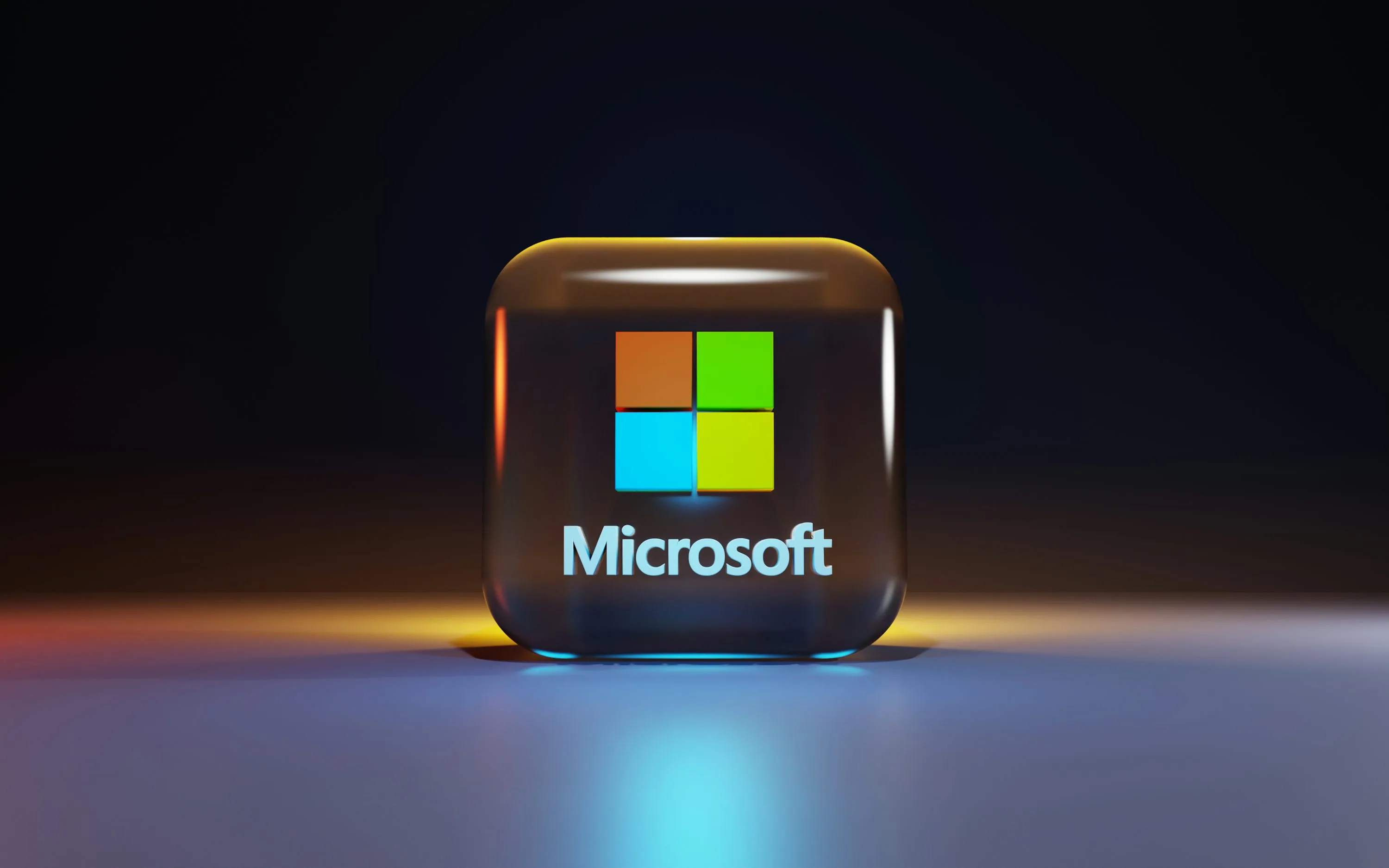
It's more important than ever to ensure that your Windows PC is secure and functioning effectively. With cyber threats constantly evolving, staying proactive is essential to safeguard your personal information and ensure a smooth computing experience. By adjusting your Windows settings, you can boost both security and performance. In this article, we will discuss key Windows settings you should modify right away to enhance security and functionality.
Cybersecurity threats like malware, phishing attacks, and ransomware are constantly lurking and can lead to severe repercussions. These dangers can jeopardize your personal data, financial information, and even your entire system. Consequently, taking proactive steps to protect your Windows PC is essential. By modifying specific settings, you can greatly minimize your risk and ensure that your computer operates smoothly.
Why It’s Important:
The Windows Defender Firewall helps protect your system from unauthorized access and blocks potentially harmful connections.
How to Enable:
1. Open Settings by pressing `Windows + I`.
2. Go to Update & Security > Windows Security > Firewall & network protection.
3. Ensure the firewall is enabled for all network profiles (Domain, Private, and Public).
Regular updates patch security vulnerabilities and improve system stability and performance.
How to Enable Automatic Updates:
1. Open Settings.
2. Go to Update & Security > Windows Update.
3. Click on Check for updates and enable automatic updates if not already set.
Why It’s Important:
A strong password or passphrase helps prevent unauthorized access to your computer.
How to Create a Strong Password:
1. Open Settings.
2. Go to Accounts > Sign-in options.
3. Select Password and follow the prompts to create a strong password.
BitLocker encrypts your entire drive, protecting your data from unauthorized access, especially if your device is lost or stolen.
UAC prevents unauthorized changes to your system by requiring administrator approval for certain tasks.
UAC in the Windows search bar and select Change User Account
Control settings.Disabling unnecessary startup programs can improve boot time and overall system performance.
Ctrl + Shift + Esc to open the Task Manager.Windows Hello provides a faster and more secure way to sign in using facial recognition, fingerprints, or a PIN.
Controlled Folder Access helps protect your files from ransomware and other malicious apps by preventing unauthorized changes.
Adjusting privacy settings helps you control what data is collected and shared by Microsoft and apps.
Securing your Wi-Fi network prevents unauthorized access and protects your data from eavesdropping.
A VPN encrypts your internet connection, protecting your online activity from prying eyes.
Find My Device helps you locate, lock, or erase your Windows device if it’s lost or stolen.
Regular backups protect your data from loss due to hardware failure, malware, or accidental deletion.
By optimizing your Windows settings, you can significantly enhance your system’s security and functionality. Staying vigilant about cybersecurity threats and regularly updating your settings ensures that your personal data remains protected and your computer operates efficiently. Implementing these changes today will help you maintain a secure and smooth computing experience.